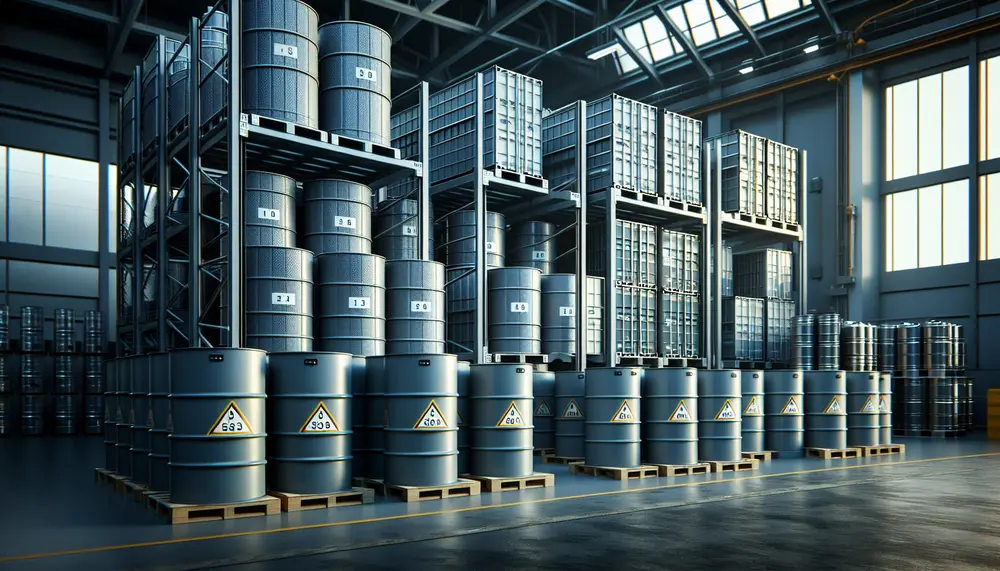Packaging Protection
Packaging Protection
Packaging Protection
Packaging Protection refers to the methods and materials used to safeguard products during shipping, handling, and storage. It ensures that items reach consumers in perfect condition, free from damage or contamination.
Why is Packaging Protection Important?
Packaging Protection is crucial for maintaining product quality. It prevents physical damage, such as dents or scratches, and protects against environmental factors like moisture and temperature changes. Effective packaging protection can also deter theft and tampering.
Types of Packaging Protection
There are various types of packaging protection. Cushioning materials like bubble wrap and foam protect fragile items. Barrier materials such as plastic films and foils keep out moisture and air. Seals and locks ensure that packages remain closed and secure.
Examples of Packaging Protection
Common examples include padded envelopes for mailing delicate items, shrink wrap for securing products on pallets, and desiccant packs to absorb moisture in electronics packaging. Each type of protection serves a specific purpose, tailored to the needs of the product.
Choosing the Right Packaging Protection
Selecting the right packaging protection depends on the product's nature and the conditions it will face. Consider factors like fragility, weight, and environmental exposure. Proper packaging protection not only preserves product integrity but also enhances customer satisfaction.
Blog Posts with the term: Packaging Protection

Hazardous materials (Hazmat) are substances that can endanger health, property, or the environment and require specific handling and packaging to mitigate risks during transport. Regulatory bodies enforce strict guidelines for Hazmat transportation; non-compliance can result in severe consequences. Different types of...
